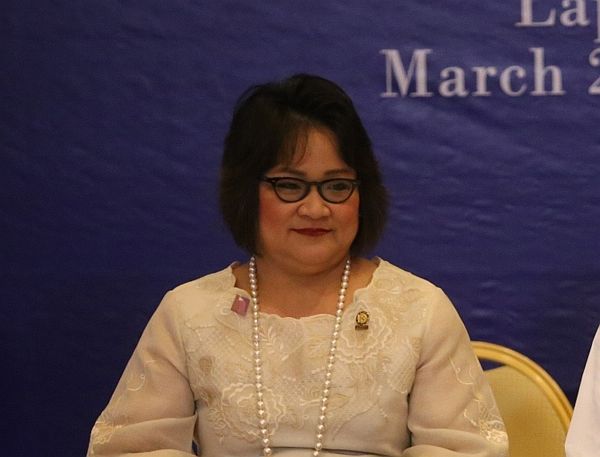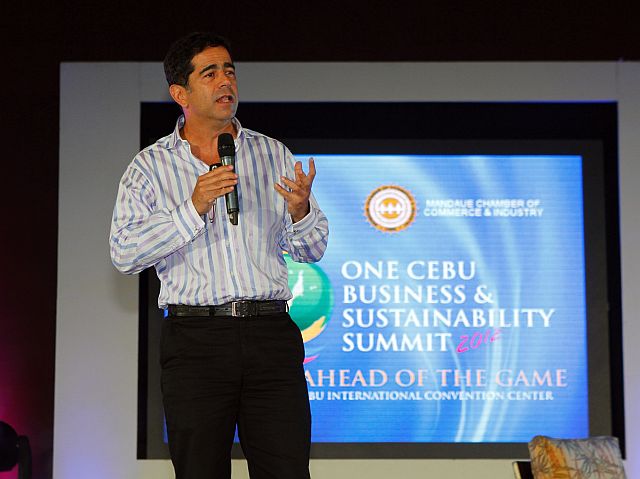
NG
Biz chiefs welcome cable car proposal but urge for proper planning and coordination
While local business leaders welcomed plans of the private operator of the Mactan-Cebu International Airport (MCIA) to introduce a cable car system here to help address road congestion problems in Metro Cebu, they also called for proper planning and coordination in the entire transport system for Cebu.
“One-off solutions will not work in the long run, and while the cable car may seem like a novel idea, it may lose its appeal when and if more modern and efficient transport methods are adopted,” said Gordon Alan Joseph, Cebu Business Club president, yesterday.
On its tourism potential, Joseph said a cable car system will hopefully push local officials to work on regenerating areas of “urban blight into contributors to the economy.
Joseph said that Cebu has many areas that are unattractive from the air including slums, places littered with garbage, open dumping sites, which he added aren’t really “tourism material.”
“This urban regeneration is being done in many parts of the world,” he added.

Joseph (CDN FILE PHOTO)
Feasibility study
Melanie Ng, Cebu Chamber of Commerce and Industry (CCCI) president, said this option is worth considering, emphasizing however, that a feasibility study must be undertaken first to validate its economic viability.
“Not only would it be a solution to decongest traffic, it can be a tourist attraction,” she told Cebu Daily News in a text message.
GMR-Megawide Cebu Airport Corp. (GMCAC) chief executive adviser Andrew Harisson, speaking to Manila reporters last week, said a cable car system on Mactan Island, which could later be expanded to Cebu’s main island, was one of their “best” solutions to the traffic problem thus far.
Harrison, in an Inquirer report, said the project still required a feasibility study but already makes sense for Cebu given minimal right-of-way issues and relatively low cost.
It was also easier and faster to implement, compared to a larger-scale and more expensive project such as a rail system, he added.
The official said it was time to act now rather than wait for Cebu’s traffic problem to become like Manila’s.
Better solution
Philip Tan, Mandaue Chamber of Commerce and Industry (MCCI) past president, for his part, said he fully supports the initiative of GMCAC.
He said this was better than waiting for a “perfect solution that never happens.”
“Let us support them with an open mind and for slow change to happen,” said Tan.
Various stakeholders are at a standstill on how to address Metro Cebu’s worsening road congestion, despite having plans for a Bus Rapid Transit (BRT) system that is already underway.
Other proponents have also suggested to put up other forms of mass transport systems in Cebu such as Metro Rail Transit or Light Rail Transit.
This early, Harrison said there was already interest from the private sector on a possible cable car system in Cebu, including Megawide Construction Corp. and GMR Infrastructure of India.
The two companies teamed up and won the MCIA public-private partnership (PPP) contract in 2014.
10 stops
While he shared only a few details on their proposed cable car system, Harrison noted that it would have anywhere from eight to 10 stops, including major resorts on Mactan island, key interchanges and the airport itself.
GMCAC plans to open a brand-new airport passenger terminal in MCIA by June next year, seen to increase the gateway’s capacity to 12.8 million passengers annually.
MCIA is projected to serve some 10 million passenger in 2017, translating to an increase of 12 percent year-on-year.
With this, Harrison emphasized that “connectivity is critical.”

